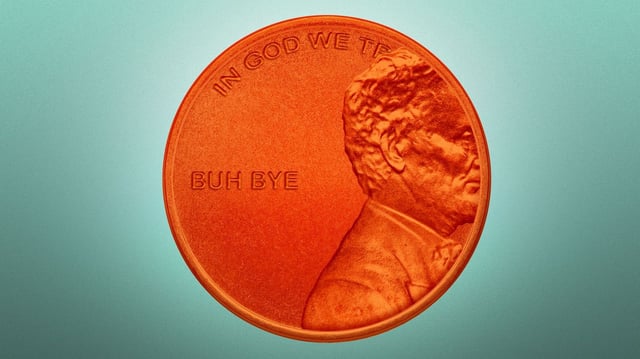Overview
- The U.S. Treasury has placed its final order for penny blanks, with production set to cease in early 2026 after over 230 years of minting.
- The move is expected to save the government $56 million annually, as the cost of producing a penny has risen to 3.69 cents, far exceeding its face value.
- Pennies will remain legal tender, but businesses will need to round cash transactions to the nearest nickel as the coin gradually disappears from circulation.
- The decision follows similar actions in countries like Canada and Australia, which eliminated their lowest-denomination coins to reduce costs.
- Concerns have been raised about the potential impact on low-income and older Americans, who are more likely to rely on cash for transactions.


